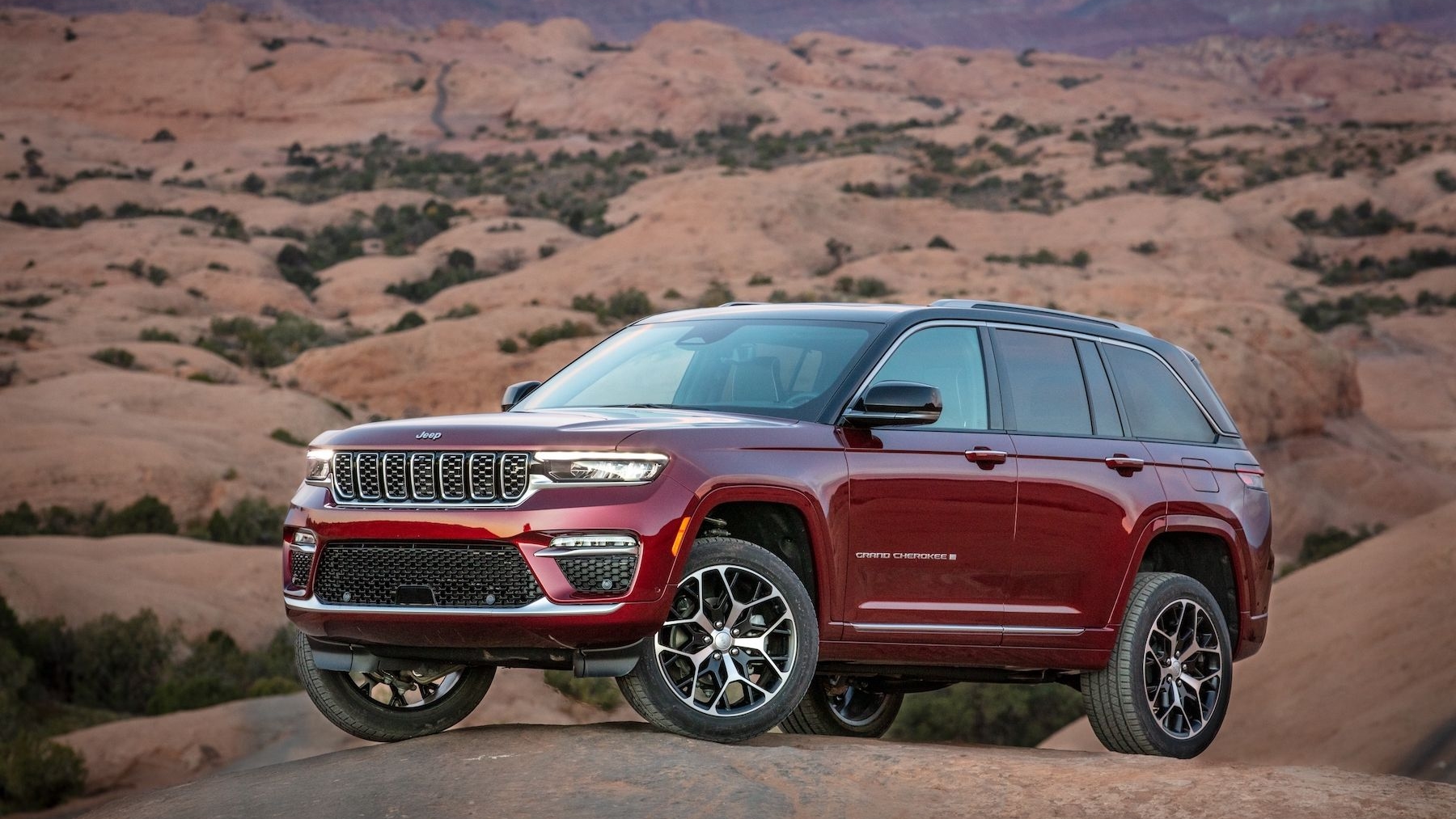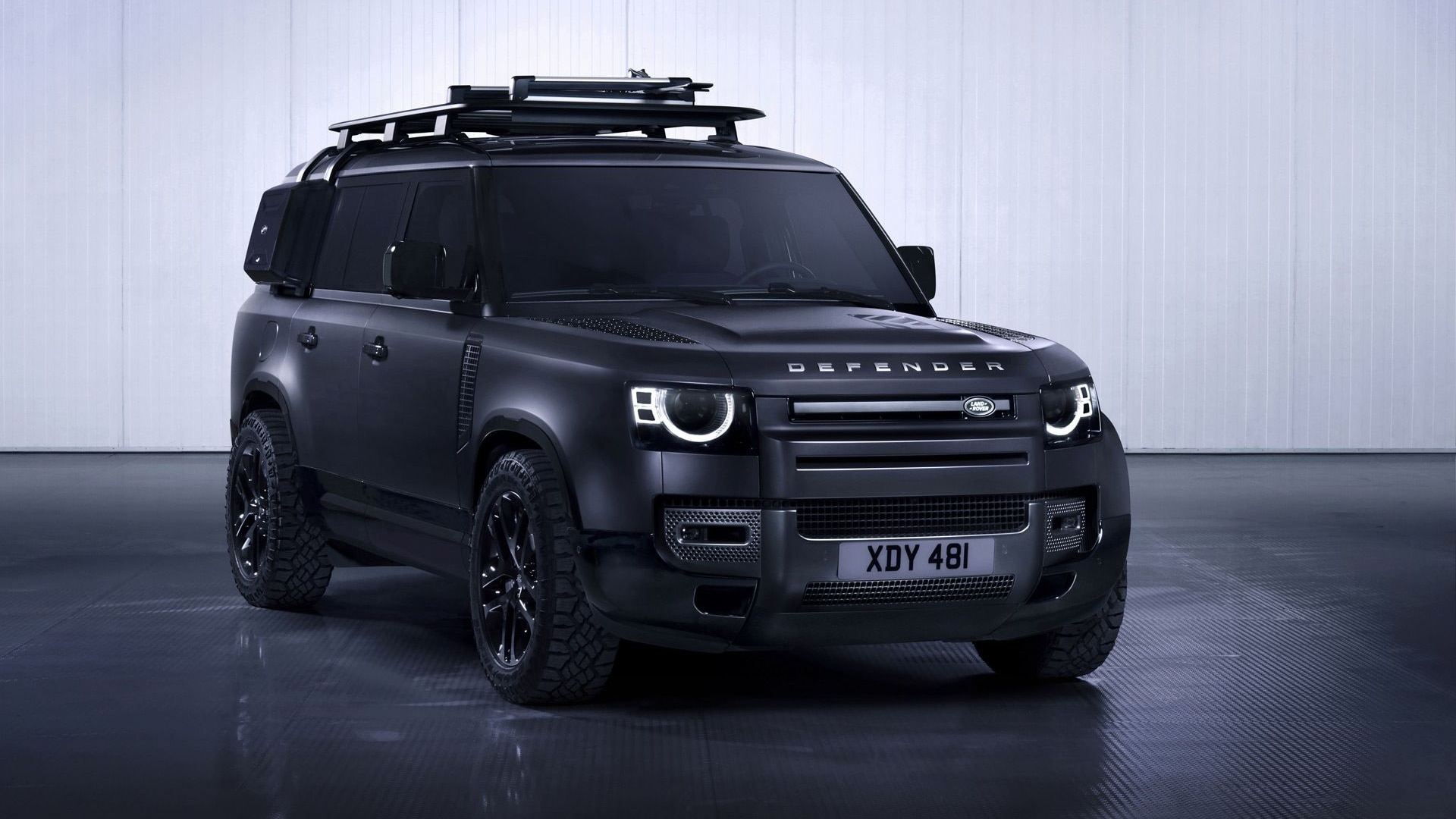The current generation of the Land Rover Defender and Discovery share a platform and are also built together at the same plant in Nitra, Slovakia. They're both also priced about the same, starting in the low-to-mid $50,000 bracket.
The similarities have led to dwindling sales of the family-oriented Discovery, as more buyers opt for the rugged, lifestyle-oriented Defender.
Land Rover managed just 3,691 sales of the Discovery in the first quarter of 2021, versus 16,963 for the Defender. And the situation is only likely to get worse as Land Rover rolls out a stretched Defender 130 variant with a proper third row instead of the cramped third-row seats found in the current Defender 110.
To avoid the issue in the future, Jaguar Land Rover CEO Thierry Bollore has indicated that the vehicles will move to separate platforms for their next generation, Automotive News (subscription required) reported in May.

2021 Land Rover Discovery
Specifically, the next Defender will reportedly move to Land Rover's new MLA (Modular Longitudinal Architecture) platform that debuts shortly in next-generation versions of the Range Rover and Range Rover Sport, while the next Discovery will move to the EMA (Electric Modular Architecture) that will debut around 2024 in next-generation versions of the Discovery Sport and Range Rover Evoque twins.
Both the MLA and EMA support fully electric powertrains as well as powertrains with an internal-combustion component. They're key in Land Rover's plan to become a fully electrified brand this decade.
The current Defender and Discovery are based on a platform known as D7.
Considering the current Defender only arrived for 2020, the next one will likely only arrive toward the end of the decade. The current Discovery meanwhile has been with us since 2017. It was given a mid-cycle update for 2021 which means the next one will likely arrive around the middle of the decade.



